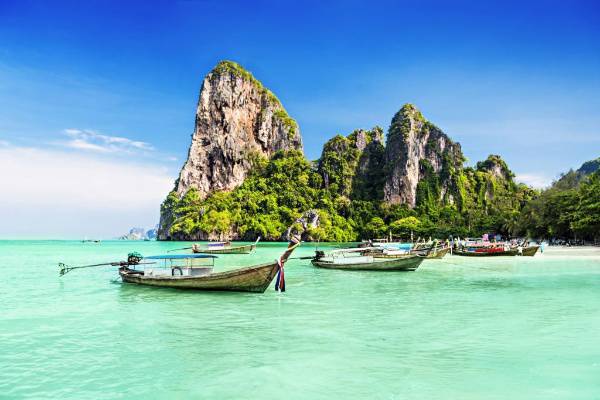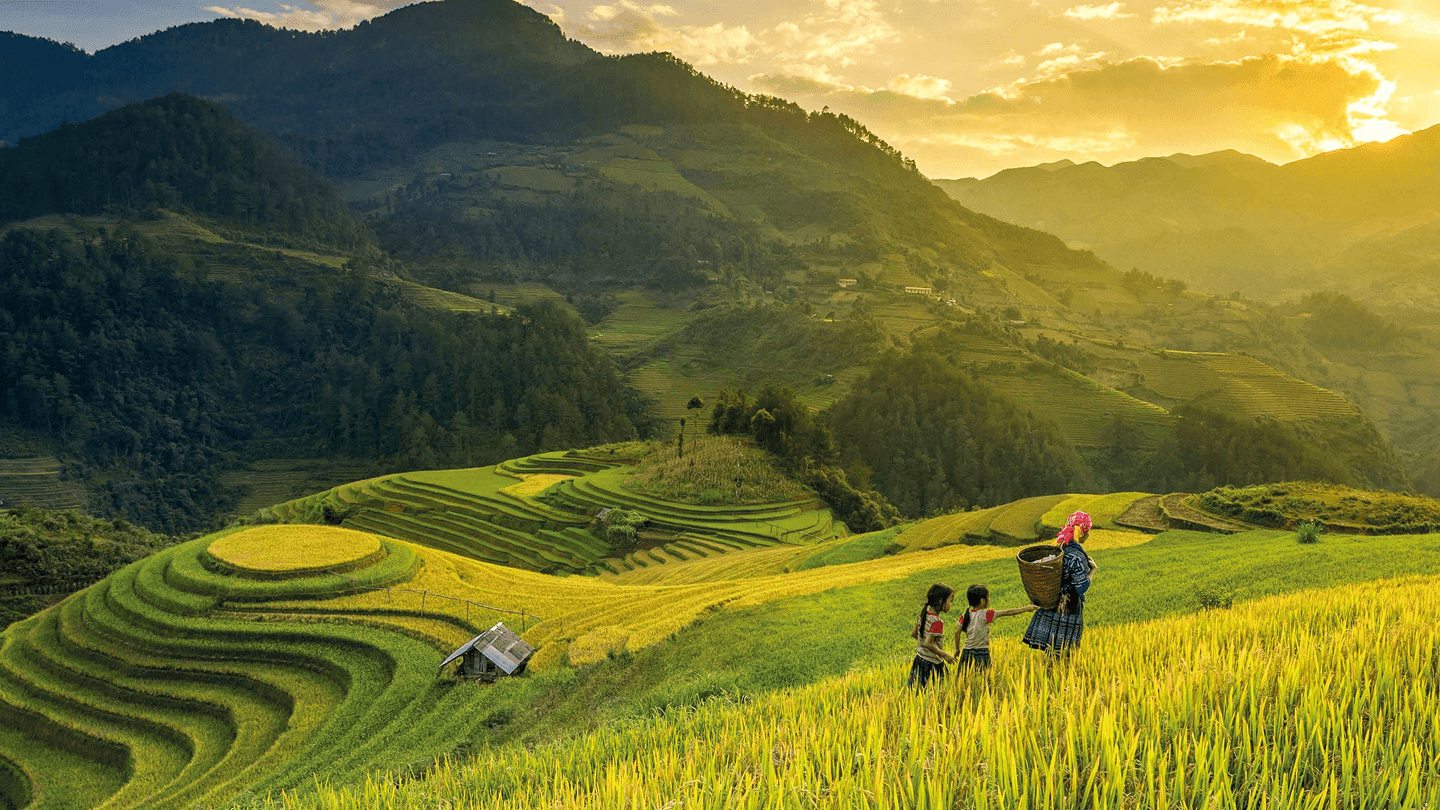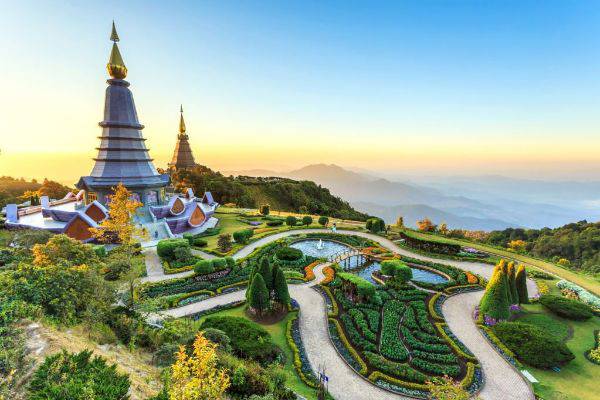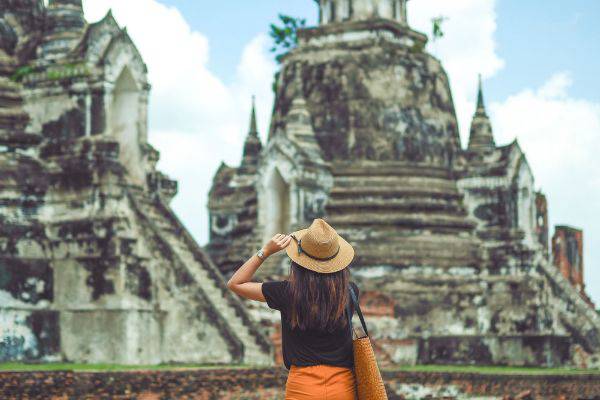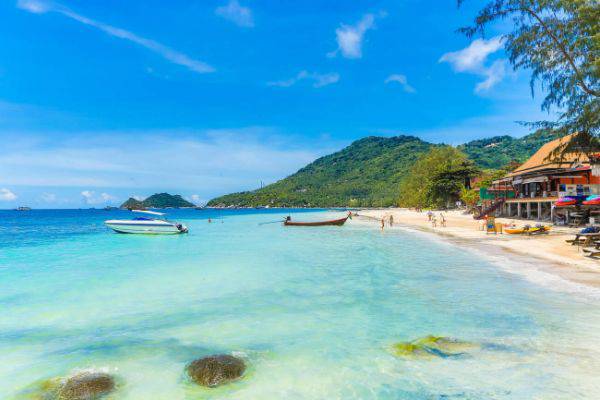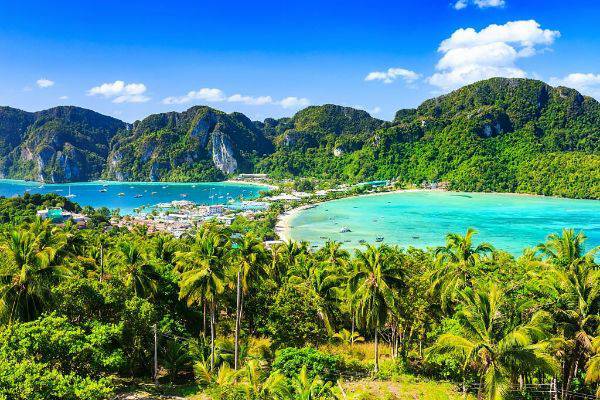Sukhothai Travel Guide: What to See and Do in Thailand’s Historic Heartland
Sukhothai is a hidden gem of Thailand. As the birthplace of Thai culture, it offers a deep connection to the country’s past, away from the crowds of modern tourist hubs.
Sukhothai, often called the birthplace of Thai culture, is one of Thailand’s most important historical destinations. As the first capital of the Kingdom of Siam in the 13th century, Sukhothai played a crucial role in shaping the nation’s language, art, and governance. Today, the ruins of this once-great kingdom are preserved in the Sukhothai Historical Park, a UNESCO World Heritage Site, making it a must-visit for history lovers and cultural explorers.
1, A brief history of Sukhothai
Founded in 1238, Sukhothai was the first independent Thai kingdom, emerging from the decline of the Khmer Empire. Under the leadership of King Ramkhamhaeng the Great, the kingdom flourished, developing the Thai script, Buddhism, and architectural styles that influenced future Thai civilizations. The kingdom lasted for about 200 years before falling under the control of Ayutthaya.
Though the capital moved, Sukhothai’s legacy endured, with its grand temples, intricate sculptures, and serene Buddha statues standing as testaments to its golden era.
2, Best time to visit Sukhothai
Sukhothai experiences a tropical climate, with three main seasons:
- Cool Season (November – February): The most comfortable time to visit, with temperatures ranging from 20-30°C.
- Hot Season (March – May): The hottest months, with temperatures exceeding 35°C.
- Rainy Season (June – October): Lush landscapes but occasional heavy rains.
For the best experience, visit during the cool season, especially during the Loy Krathong Festival in November, when the ruins are illuminated with lanterns and floating candles.
3, Top attractions in Sukhothai
3.1. Sukhothai Historical Park
The heart of the ancient capital, this UNESCO-listed park spans 70 square kilometers and is divided into five zones. It contains over 190 ruins, including temples, palaces, and city walls. Rent a bicycle or take a guided tour to explore the park’s highlights.
3.2. Wat Mahathat
The most important temple in Sukhothai, Wat Mahathat, was the religious and political center of the kingdom. It features a large seated Buddha, intricate lotus-bud-shaped stupas, and a stunning reflection pond.
3.3. Wat Si Chum
Famous for its massive seated Buddha, measuring 15 meters high, this temple exudes serenity and spiritual significance. A hidden staircase inside the temple walls offers a unique perspective of the Buddha’s face.
3.4. Wat Sorasak
Known for its elephant-adorned chedi, this temple features brick stupas surrounded by sculpted elephants, representing strength and stability in Thai culture.
3.5. Wat Sa Si
A picturesque temple located on an island in the middle of a lotus-filled pond, Wat Sa Si is particularly stunning at sunrise and sunset.
3.6. Ramkhamhaeng National Museum
This museum houses artifacts, ceramics, and sculptures from the Sukhothai period, providing insight into the kingdom’s artistic and cultural achievements.
3.7. Si Satchanalai Historical Park
Located 50 km north of Sukhothai, this lesser-known but equally impressive site was once an important administrative center of the kingdom. It features well-preserved temples, kilns, and city walls.
4, Things to do in Sukhothai
4.1. Explore the Historical Park by Bicycle
Sukhothai is flat and bike-friendly, making cycling the best way to explore the ruins. Many guesthouses and shops offer bicycle rentals.
4.2. Experience Loy Krathong Festival
Held annually in November, this festival sees thousands of lanterns and floating krathongs (decorative floats) released in the park’s ponds, creating a magical atmosphere.
4.3. Try Sukhothai Noodles
A local specialty, Sukhothai noodles (Kuay Teow Sukhothai) feature thin rice noodles with pork, green beans, and a sweet-and-sour broth.
4.4. Visit a Local Pottery Village
Sukhothai is famous for its celadon pottery, a tradition that dates back to its golden age. Visit local kilns to see artisans at work.
4.5. Take a Sunset Walk at Wat Chetuphon
Less crowded than other temples, this site offers a peaceful sunset experience with intricate Buddha carvings and a unique meditation hall.
5, How to get to Sukhothai
From Bangkok
- By Plane: The fastest option. Flights from Bangkok (DMK Airport) to Sukhothai Airport take about 1 hour.
- By Bus: Buses from Mo Chit Bus Terminal take 7-8 hours.
- By Train: Take a train to Phitsanulok (5-6 hours), then a bus to Sukhothai (1 hour).
From Chiang Mai
- By Bus: Direct buses take 5-6 hours.
- By Car: A scenic 4.5-hour drive.
Sukhothai is a hidden gem for those interested in Thailand’s ancient history, stunning temple ruins, and serene landscapes. As the birthplace of Thai culture, it offers a deep connection to the country’s past, away from the crowds of modern tourist hubs. Whether you’re exploring ancient temples, cycling through historic landscapes, or enjoying traditional Sukhothai noodles, this enchanting city promises an unforgettable experience.




 English
English
 French
French
 Italian
Italian


